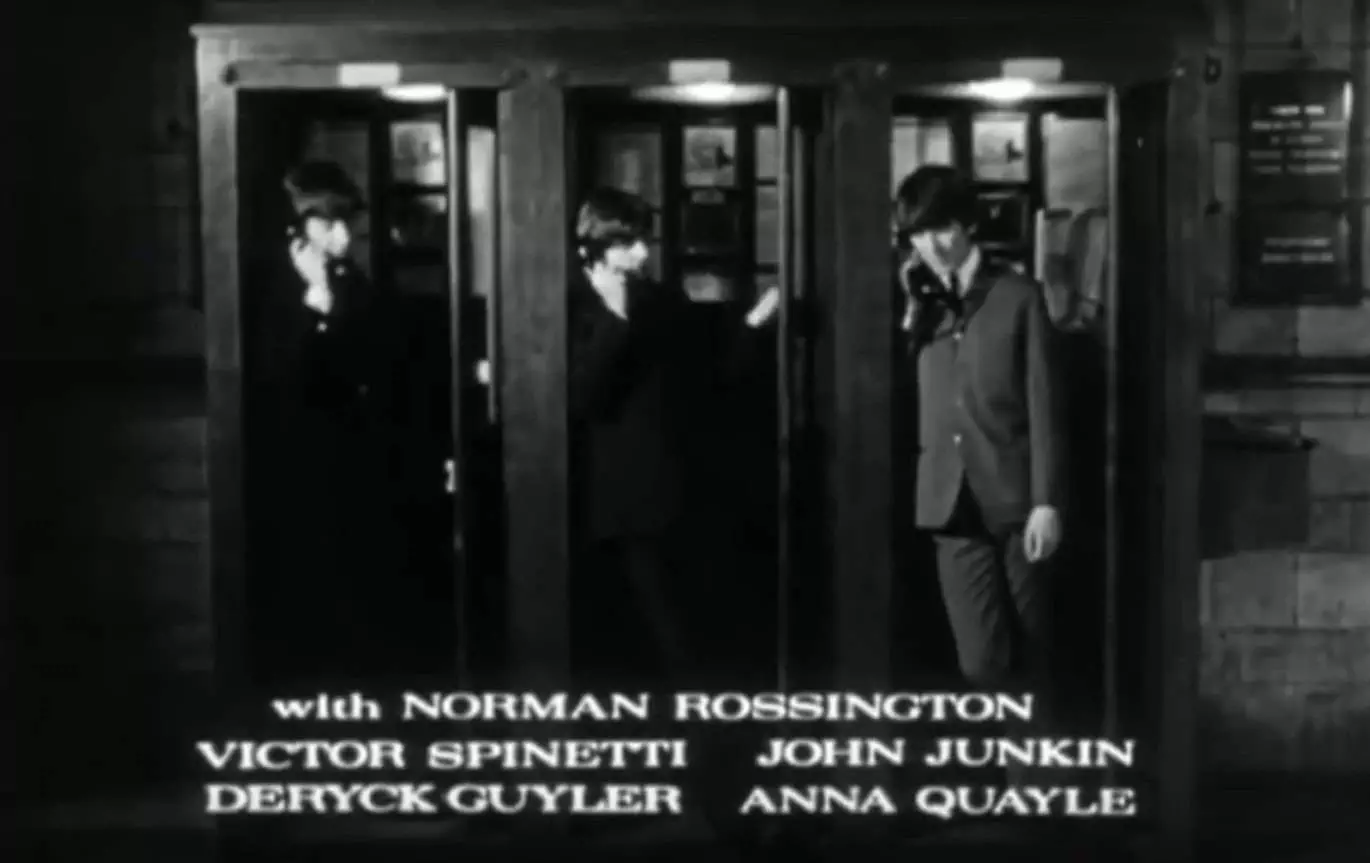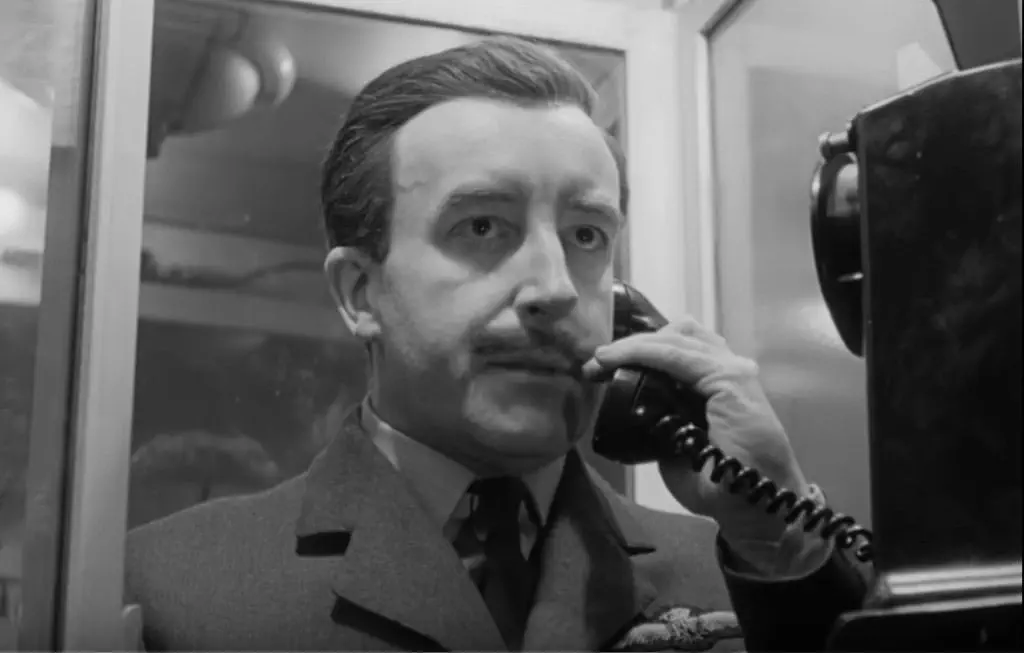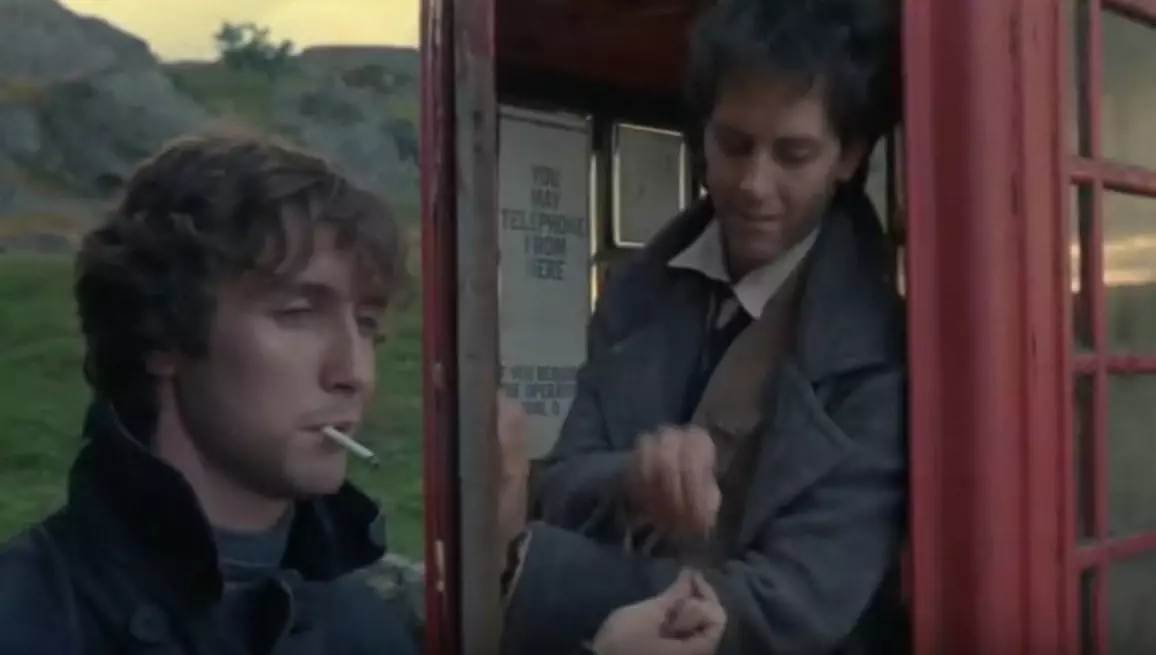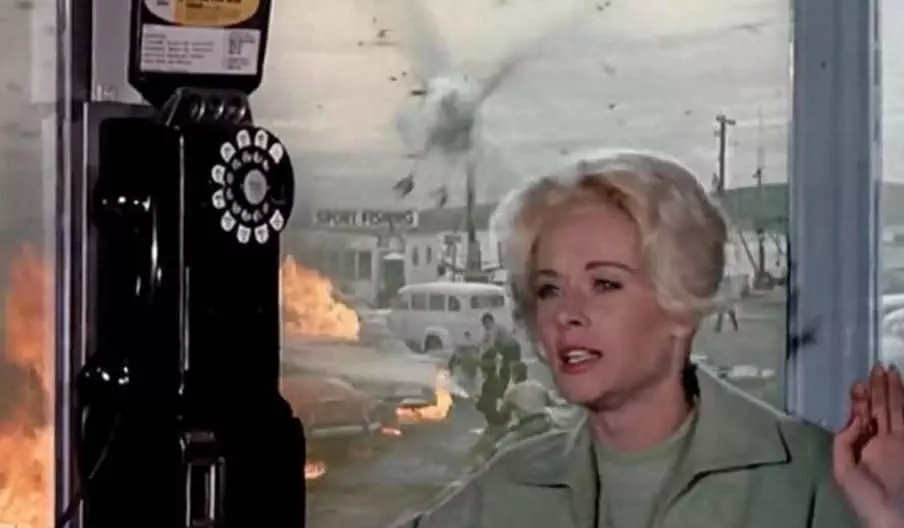
The last time I used a public phone box in Leeds Spandau Ballet were at number one and I had a pony tale.
I was ringing home to say I’d be late for dinner. As it was almost last orders and dinner was meant to be ready at seven thirty – it was my turn to cook, and I was still carrying the shopping I’d bought that afternoon – that was a redundant piece of information. But it had taken a long trek around town to locate a working public telephone. Most had broken receivers, dangling wires, smashed windows and battered money slots. And they all stank of piss.
Back then, nobody really expected more than one in five phone boxes to work. And that’s in the posh areas like the town centre. You wouldn’t bother even trying in Beeston.
Making actual phone calls to living people wasn’t really the point of public pay phones anyway. They had an entirely separate cultural significance. Watch any of the greatest films for the last fifty years. The phone box is a central feature. If you’re in a phone box in a film you are definitely fucked.
Phone boxes are simply handy props for filmmakers to further a plot-line, stage a life-threatening trauma, elaborate a set-piece gag, or set up and foreshadow some future harrowing incident. The phone box is the perfect confined space to frame and build dramatic tension.
The phone box was always dross as a communication device but as a cultural icon it was cinematic gold. Horror, Comedy, Thriller, Musical, every genre contains classic phone box moments.
Here’s a random few of my personal favourites.
In Kubrick’s Dr Strangelove, Mandrake (Peter Sellers) frantically calls the president to warn him about imminent nuclear attack, but finds he hasn’t the right change. He asks the nearby unblinking Colonel “Bat” Guano (Keenan Wynn) for 55 cents. The Colonel hasn’t got it.
“Well, you don’t think I’d go into combat with loose change, do ya?”
The scene spirals into sheer madness, with the Colonel refusing to shoot open a Coca-Cola machine to get the change to make the call that might just save the world from nuclear annihilation:
“That’s private property.”

The same joke about not having the right change to make a call is elaborated on in Withnail and I.

Phone box horror scenes could make a whole essay in itself. The classic is Tippie Hedren about to be bayoneted by a flock of seagulls gone psycho in Hitchcock’s The Birds

Then there’s the scene in Roman Polanski’s Rosemary’s Baby where Mia Farrow calls the only doctor she trusts to deliver her baby. We can guess how that will work out.

And then Robert Redford’s doomed call in Sydney Pollack’s brilliant Three Days of the Condor

Mobsters and bad fellas are always hanging about in phone boxes, like De Niro in Martin Scorcese’sGoodfellas

As are mad, bad and dangerous people on the edge of a nervous breakdown, like Christian Bale in Mary Harron’s American Psycho

Sometimes the phone box gets it, as when Michael Douglas decides he’s not gonna take it any more in Joel Schumacher’s Falling Down

Sometimes the scene is played for laughs, and Will Ferrell in Anchorman in his glass case of emotion is one of the best

And there’s sex, lots of sex… erm, Patricia Arquette to the tune of Chantilly Lace in Quentin Tarantino’s True Romance

And, occasionally, the phone box itself is the main actor in the drama

Or seen as a threat in itself, as in Brian de Palma’s Sisters (“Did you know that the germs can come through the wires? I never call and I never answer… That’s a good way to get sick. Very very sick…That’s how I got sick somebody called me on the telephone!”)

This is just scratching the surface. The phone box plays a central role in our cultural imagination. You can easily find all these films and more on youtube.
So, why am I talking about this now? And what on earth has it to do with Leeds?
Well, glad you asked.
Have you noticed in the past month or so these objects springing up around town.

I have a few minor quibbles about these things and a couple of major issues.
Here’s what it says on some of the new phone boxes.

Read that carefully: “We are removing hundreds of ageing phone boxes.”
Question. Show me one that’s been removed; from where?
I walked around town the other day and couldn’t find a single rough patch where a superannuated phone box had been put out to pasture. Nothing has been removed. So this is a lie.
Also, these are meant to be replacements? So why not remove one, replace one, and stick it in the same place? Wouldn’t that be more sensible? And cause less damage? Another lie.
Final quibble; “phone box”? A box is a sheltered space, enclosed on four sides. It affords some privacy. This thing is a screen with a half-hearted hint of protection from the elements and completely exposed to the street. The phone is superfluous. The screen is the thing. “Phone box” is a whopping lie.
My major problem with these things though is a cultural one.
Aren’t they devoid of imagination, charm, or any sensuous appeal? Aren’t they just bleak, bland and boring? Is this the best designers can do? And can you imagine a Hitchcock, a Tarantino, a Kubrick looking at one of these things and calling his cameraman?
And can you imagine ever using one? Do you even remember your own phone number these days, let alone the numbers of your nearest and dearest? Speed dial has deskilled us. Apart from 999 what other number have you got by heart? None, I bet.
Pavement billboard and screen advertisements usually require planning application and consent. But because these things pretend to be doing us a favour by gifting us shiny new phone boxes the companies responsible can stick two fingers up to the council; this is “Permitted Development”. Which is perhaps the biggest lie going. How digging up a beautiful street, plonking down an oversized advert for McDonald’s, then dumping a load of tarmac around it is “development” is anyone’s guess.

As my dad was fond of saying, such things are neither use nor ornament.
Still, tonight is Light Night. Most people will be looking up at the marvels overhead and not noticing the street below. But you can’t distract people forever. Your neck can get very cramped if you are always looking at the stars, so it’s best to work out how to make the gutters look tidy too. And sloppy tarmac is not a good look for Leeds. A European Capital of Culture would do better than crap tarmac.
The one outside Yorkshire Housing sees excellent service as a smoking shelter. Housing professionals have a smoke while reflecting on the homeless who choose to sleep outside their office.
I bet that’s one of the “ageing telephone boxes” that will be replaced by ones that give no shelter?
No, it’s the one in your photo near The Viaduct. It offers much less shelter now it has been upgraded but the smokers and vapours find it hard to break their habits.
Ha, that’s brilliant! At least the smokers are making an effort to subvert the phonies.
What’s this? Some kind of nostalgia fest for a lost world of telephone boxes and paving stones. A hark back to a time when Leeds city centre
was organic, slowly evolving unchallenged by technological innovation and when city planning worked effectively to constrain and conserve.
Now don’t get me wrong on social grounds I would object to
these “communication columns” as a needless obstruction to people who are mobility impaired but on aesthetic grounds and as pointers to the future of consumer environment I think they need to be embraced if not positively celebrated.
First of all, in terms of functionality they are clearly a half- way house and literally face both ways. For “residuals” like me who underuse their “mobile devices” these phones forcefully look back to the past of
an urban environment with access to public facilities: in this case a publicly owned telecommunications system. I don’t really think they are there to be used. They function ironically as cosy reminders to us elders that the world we knew is not entirely defunct even if it is.
The actual “box” you seem so keen on was obsolete before the system was privatised. Outside the UK and here at home there were exciting “canopied” public phones less private for calls but less vulnerable to nefarious activities and cheaper to maintain. My favourite was the version where you stood in a transparent bubble shaped plastic envelop just like an oversized hair dryer. So, let’s get over the box unless you want to turn them all into those suburban book- share miniature libraries that are springing up. Then again perhaps not suitable for a city centre location.
Let’s turn to the other side of these “columns” which you so
deride. To overcome your resistance, I think you need to work harder on the idea of the city as a “signscape”. This is the semi-virtual world of images and screens which “way mark” our progress through the built environment, some giving public information others promoting brands.
Journey with me by night down Roundhay Road, through Sheepscar, along Regent Street to Eastgate. Beginning with Roundhay you would
be accosted or seduced by myriad of coloured moving lights announcing that one or other to the many take away food outlets or East European shops was “open tonight”. You might also be dawn in to the semi illumination of a darkened restaurant or mobile phone outlet.
Reaching Sheepscar the first thing you would see and attempt to read would be alpha-numeric public information sign advising you of a road
closure, an accident blocking your way, or future repair work. Also facing you is perhaps Leeds most exciting piece of retro-futurist contemporary street architecture the high rise illuminated advertising hording. Viewing its message, you are taken instantly into the world of the Jetsons or a Los Angeles freeway of the early sixties.
Overcoming your delirium, you are on into Regent Street where
from the junction of Skinner Lane you have low level store fronts beckoning you on either side, the most impressive of which is Pratts Fine Furniture. Your journey culminates with the shimmering majesty of the Victoria Gate car park and what will be SOYO and the new entrance to the Playhouse.
Moving on into the heart of the city on foot there is other signage to guide you to the tourist hotspots, public facilities and consumer
hubs. But again, as it stands now, this either overtly nostalgic – sign posts with walkable times or romantically analogue – 3d maps, LCC’s latest innovation in city place marking. You might also bump into Millennium Squares relatively small “big screen” often blank but sometimes hosting news broadcasts or coverage of some sporting event.
Finally, we can behold our new spontaneously erupting “columns”
indicating a world awaiting us in terms of consumer communications. Who knows what they will soon be capable of – sound? Updates to specific consumer groups by time of day? Flash responses to messages from passers- by mobiles? Anyway round a big improvement on those roller blind efforts which were constantly jamming. Today, they symbolise the dawning on a era of an un yet unrealised world.
If you want a film reference they remind me of those black columns in 2001 which when touched for the first time communicates to a distant civilisation that a new stage era of human development has begun.
Get with the future it’s here now and you can’t get away
I like the 2001 reference.
No, it’s not nostalgia. Like I said, the old phone boxes were always pretty crap and were only fit as props. You know if you see a bloke dashing down the road in Call the Midwife and rummaging in his pocket for change to ring for the ambulance all is not well. It’s a reassuring cultural trope.
What I don’t like is the Orwellian language, that the new boxes are rolled out for our benefit (someone just sent me a pic of a box displaying a message saying that for every old box removed a tree would be planted! Phone box pastoral fantasy.)
I object to the lying and I don’t like that they can dig up the street with impunity. The day I took a pic of that new box I passed a team of street wardens erasing the chalk scribblings of the Pavement Poet on Lands Lane. The rain would take care of that. Sadly, the weather will not improve those tarmac slugs.